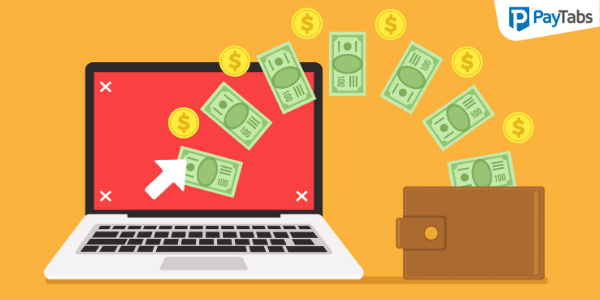6 Tips to Improve Your Business’ Cash Flow

Effective management of cash flow is crucial for any business. While you may have good turnover and profit, but you may lack liquidity if you do not manage your cash flow in an efficient manner. Cash flow management essentially entails keeping proper record of money coming in and going out. The analysis of this record may let you see the gaps and fill them accordingly. Here are some tips which will let you manage your cash flow easily.
Develop a Plan and Forecast: planning and forecasting involves you looking at your finances and then draw inferences for your future. While the task may seem daunting at first but with the availability of a number of software for cash management, your task may be eased to a certain extent. You can choose to use simple spreadsheet or some sophisticated software specially designed for this purpose, the choice is yours. You will be required to record your opening cash and bank balance and all the inflows and outflows there from. When you start seeing a pattern, you will be able to forecast your future transactions. This exercise will allow you to plan your spending accordingly.
Speed up Your Inflows: businesses need to provide credit line to their customers, which may lead to delay in cash inflow. However, curtailing such terms and conditions may lead to loss of revenue as your customers may shift to another vendor with liberal credit terms. In such cases, it is essential that you reconcile your objectives of achieving higher revenue and improving cash inflow. You may offer incentives for faster payments. Such incentives may or may not be financial in nature. For example, top fast payers may receive advance information about new product arrival. You may also institute late payment fees to discourage lax customers.
Control your Outflows: managing cash inflows is one facet of cash management system. The other side is to manage your cash outflows. The best policy is to talk with your vendors and seek more relaxed terms. You may also use your impeccable payment history to make your case. If you are able to extract a few more days for payment from your vendors, then it may work wonders for your cash flows. However, never try to take a shortcut or default on any of your payments as it may impair your relationship with your vendors on permanent basis.
Finance your Inventory: liquidity is related to cash which is often tied up in acquiring other assets such as inventory. Take proper record of your inventory and analyze it. You may find that your funds are unnecessarily tied up in old inventory which is not moving. In such a case, you may want to liquidate the inventory and free up your cash. Further, if you have excess of any asset including tools and raw material then re-sell them to obtain cash. You may have to sell them at deep discount but some money is better than the money tied up.
Use Professional Services: for better management of your cash flow, you may want to engage the services of professionals. This is especially important if your business is growing at a fast pace and the requirement for liquidity is high. You may engage factors for the timely collection of your invoices. Factoring works by providing you cash on the basis of invoices generated by you. It can be excellent way of availing short term finance. You are also not required to take any drastic step with regard to the collection of bills. However, factors charge fee or commission, which may not be affordable to many businesses.
Take Advance Payments: you may introduce new terms to your sales whereby you require the deposit of payment before the delivery is undertaken. This arrangement is especially helpful if you are engaging in a large order. Taking advance will lower your risk of default and will also improve your liquidity. Such advance payment may also be used for funding the transaction so that you do not have to look for alternative financing arrangements.
Cash flow management does not have to be an odious task. With these pointers you may manage your cash flows in an easy manner.



